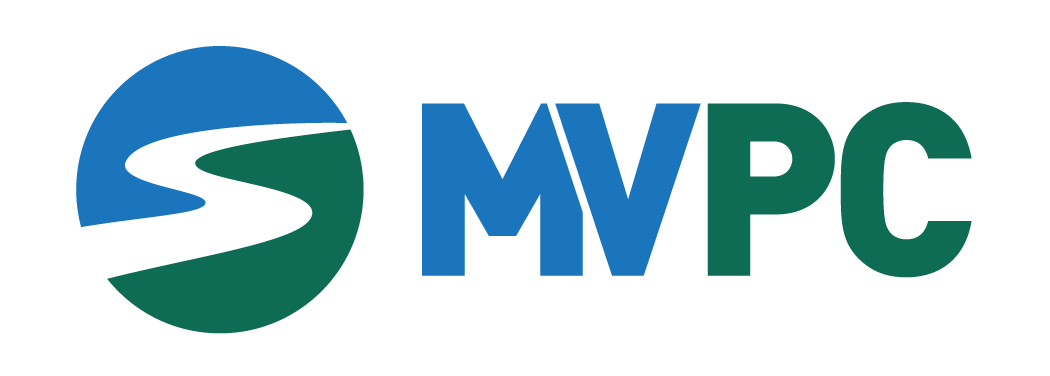Last year, MVPC’s transportation program posted about the Transportation Improvement Program, commonly referred to as the TIP. This was the first annual installment of education about the federal aid process. The TIP is a capital planning document that shows how federal aid funds will be used to support transportation projects. But where do these projects come from? Within the federal aid process, what plants the seeds for these projects? The answer: the federally-required Unified Planning Work Program!
The United States Department of Transportation charges Metropolitan Planning Organizations (MPOs) with making the federal transportation aid process intelligible to the general public. Because MVPC’s transportation program staffs the region’s MPO, it falls on MVPC to develop and deliver content that explains how federal funding advances transportation.
Elucidating complex federal policies and processes isn’t easy. By comparison, consider US tax code. There are numerous regulations and policies at different layers of government–a whole industry has even evolved to support the annual development of household tax returns! The transportation federal aid process is no different in its employment of jargon—technical, accounting, and legal terminology—but by contrast no citizen is required to pay attention. There’s no annual transportation planning return due from individuals at the end of each year. Instead, members of the public typically stumble into transportation planning when a local issue arises or when a local project is proposed. Involvement from the public tends to center on project design rather than regulatory and funding frameworks that make projects possible. Understanding how projects come to be, however, offers the public the advantage of getting involved at the ground level when projects can truly be shaped.
The federally-required Unified Planning Work Program, or UPWP, details the work that transportation staff will undertake in a given year. In this document, staff list studies and efforts—and their associated costs—that will be used to prop up future transportation projects. In other words, this ground level document plants the seeds which may blossom into larger transportation projects. For example, previous years’ UPWPs in the Merrimack Valley included planning for the Border to Boston Trail, which is now included on the TIP.
Staff anticipate that the FFY26 UPWP will include several significant deliverables, including (but not limited to):
- A Citizen Advocacy/Training Program
- A Call for Design Projects
- Continuation of the Region’s Valley Talley Trail Counting Program
- A Modal Travel Time Competitiveness Assessment
- Planning a Beach Road/1A Connector
- Further Advancement of the Canal Street Priority Project
- A Continuation of Ferryboat Planning
- 1-2 Priority Growth Strategy Node/Neighborhood Plans
- A Demonstration Project at Milk Street/East Street/Prospect Street in Methuen
- Implementation/Review of a Quick Build Project on 113 in Groveland
- Identification of Strategies to Address Distracted Driving
These efforts and studies will inform future projects. For example, the planning work on Beach Road and 1A will identify short and long-term improvements that connect to other planned and existing facilities in the vicinity. The demonstration project in Methuen will lay the foundation for future long-term improvements to reduce the potential for vehicle conflicts. The Beach Road and Methuen projects will both be federal aid eligible. The public is invited to follow MVPC’s UPWP development (addressed during monthly MPO meetings) and join our planning efforts. If any are of interest, please contact [email protected] for more information.
